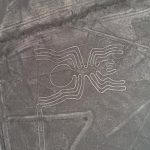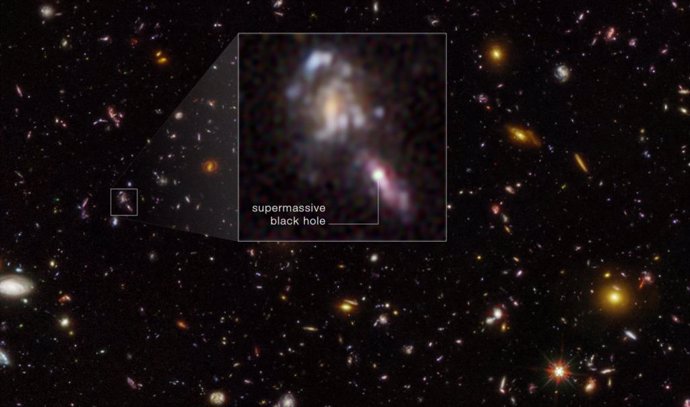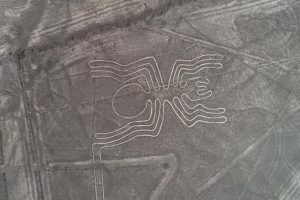By comparing near-infrared exposures from the Hubble Wide Field Camera 3 taken in 2009, 2012, and 2023, astronomers found evidence of blinking supermassive black holes at the hearts of early galaxies. – NASA, ESA, MATTHEW HAYES
September 17 () –
Observations with the Hubble Space Telescope have revealed more black holes in the early universe than previously reported.
The new result may help scientists understand how supermassive black holes were created, concludes an international team of researchers led by scientists from the Department of Astronomy at the Stockholm University.
Currently, scientists do not have a complete picture of how the first black holes formed shortly after the Big Bang. Supermassive black holes, which can weigh more than a billion suns, are known to exist at the center of several galaxies. less than a billion years after the Big Bang.
“Many of these objects appear to be more massive than we originally thought they could be at such early times: either they formed very massively or they grew extremely quickly,” he said. in a statement Alice Young, a PhD student at Stockholm University and co-author of the study published in The Astrophysical Journal Letters.
Black holes play an important role in the life cycle of all galaxies, but there are large uncertainties in our understanding of how galaxies evolve. To get a complete picture of the link between galaxy evolution and black holes, researchers used Hubble to study how many black holes exist among a population of faint galaxies when the universe was only a few percent of its current age.
The initial observations of the studied region were then re-imaged by Hubble after several years. This allowed the team to measure variations in the brightness of the galaxies. These variations are a telltale sign of black holes. The team identified more black holes than previously found using other methods.
New observational results suggest that some black holes were likely formed by the collapse of massive, pristine stars during the first billion years of cosmic time. Such stars can only exist at very early times in the universe, because stars of later generations are contaminated by the remains of stars that have already lived and died.
Other alternatives for black hole formation include the collapse of gas clouds, mergers of stars into massive clusters, and “primordial” black holes that formed (by speculative physical mechanisms) in the first few seconds after the Big Bang. With this new information about black hole formation, more accurate models of galaxy formation can be built.
“The formation mechanism of the first black holes is an important part of the puzzle of galaxy evolution,” said Matthew Hayes of the Department of Astronomy at Stockholm University and lead author of the study. “Together with models of how black holes grow, calculations of galaxy evolution can now be placed on a more physically motivated basis, with a precise scheme of how black holes arose from the collapse of massive stars.”
Astronomers are also making observations with NASA’s James Webb Space Telescope to look for galactic black holes that formed shortly after the Big Bang, to understand how massive they were and where they were located.














![[Img #74676]](https://thelatestnews.world/wp-content/uploads/2024/12/Laser-artificial-neuron-300x200.jpg)
Add Comment